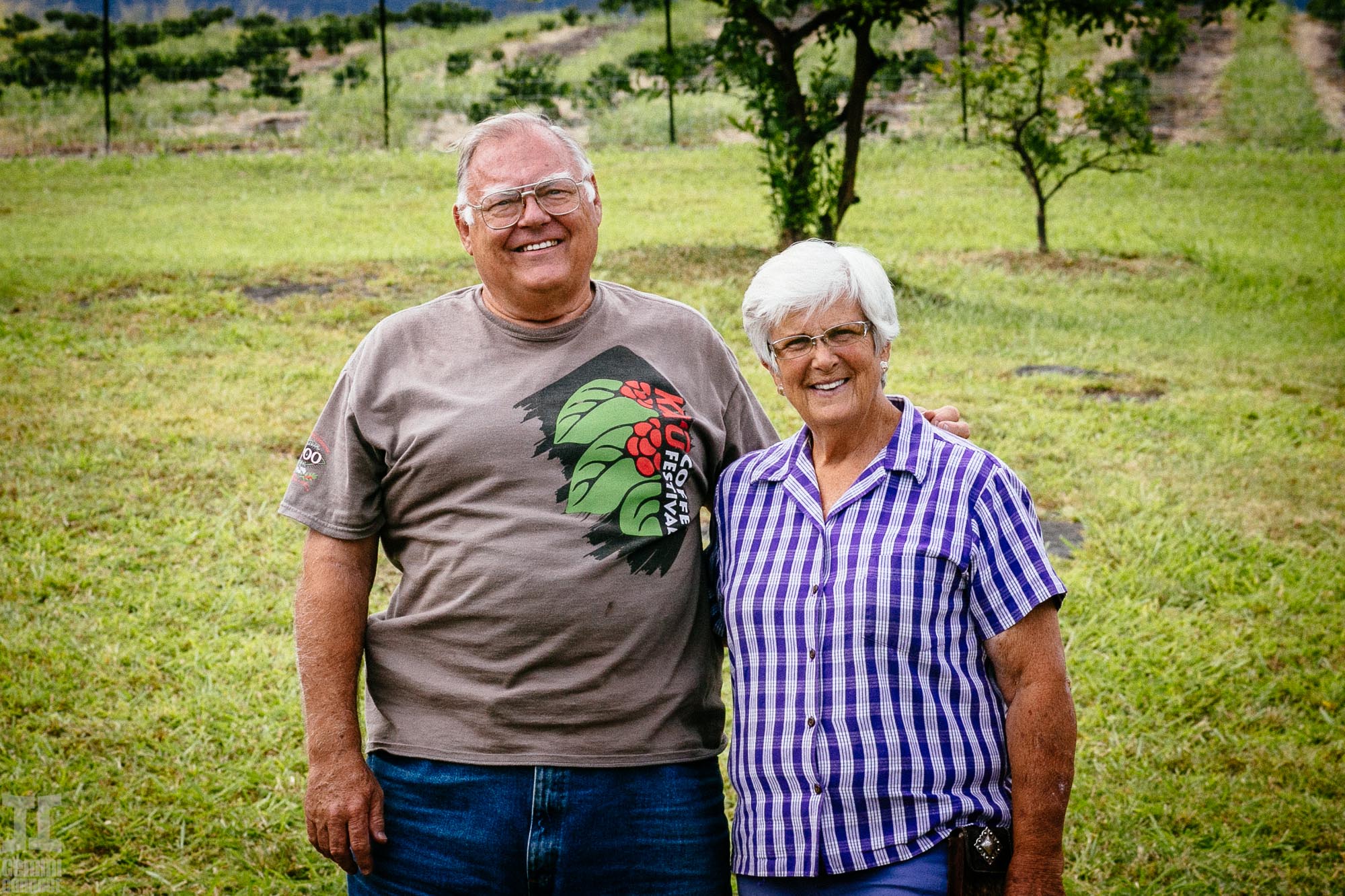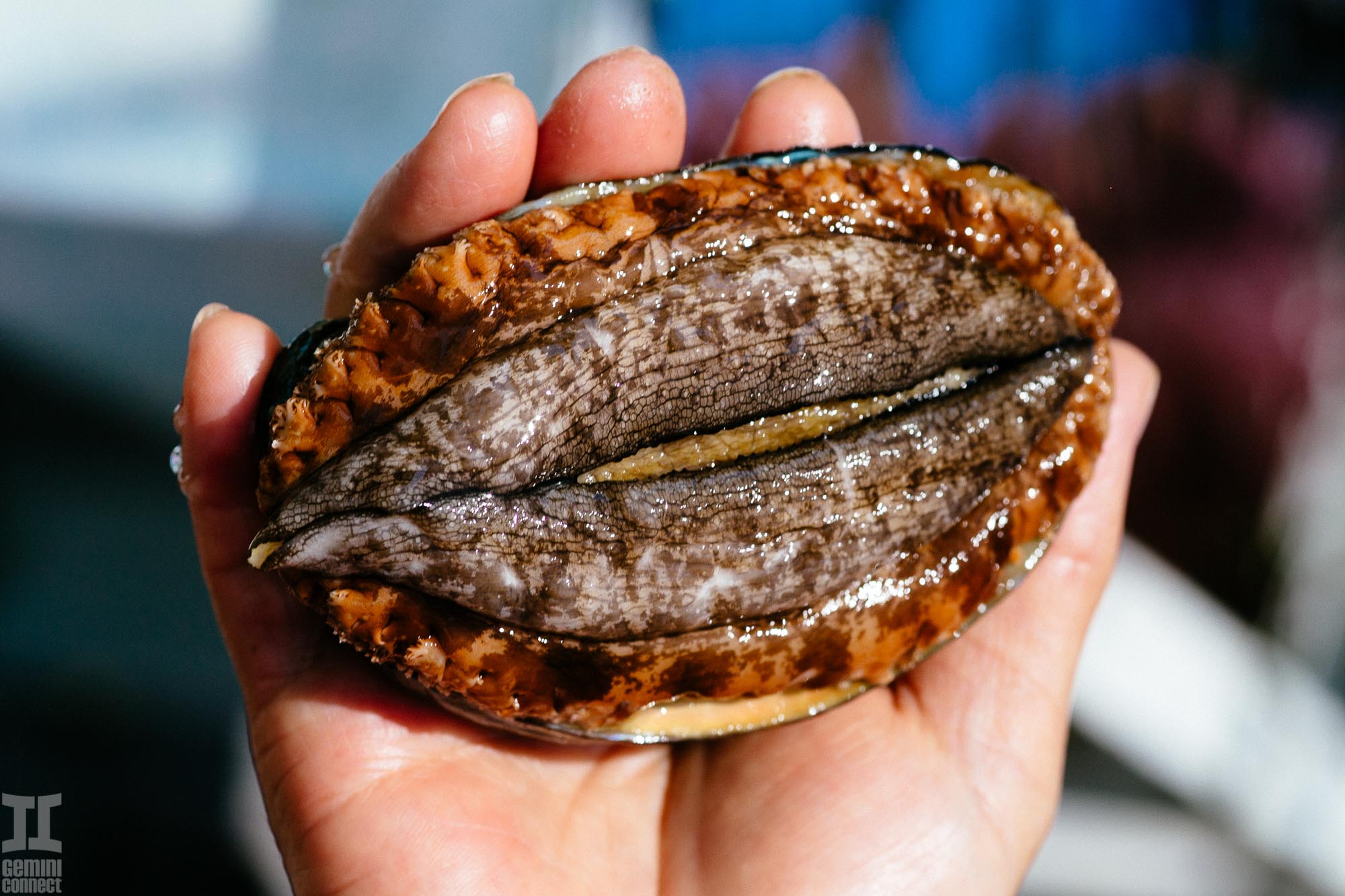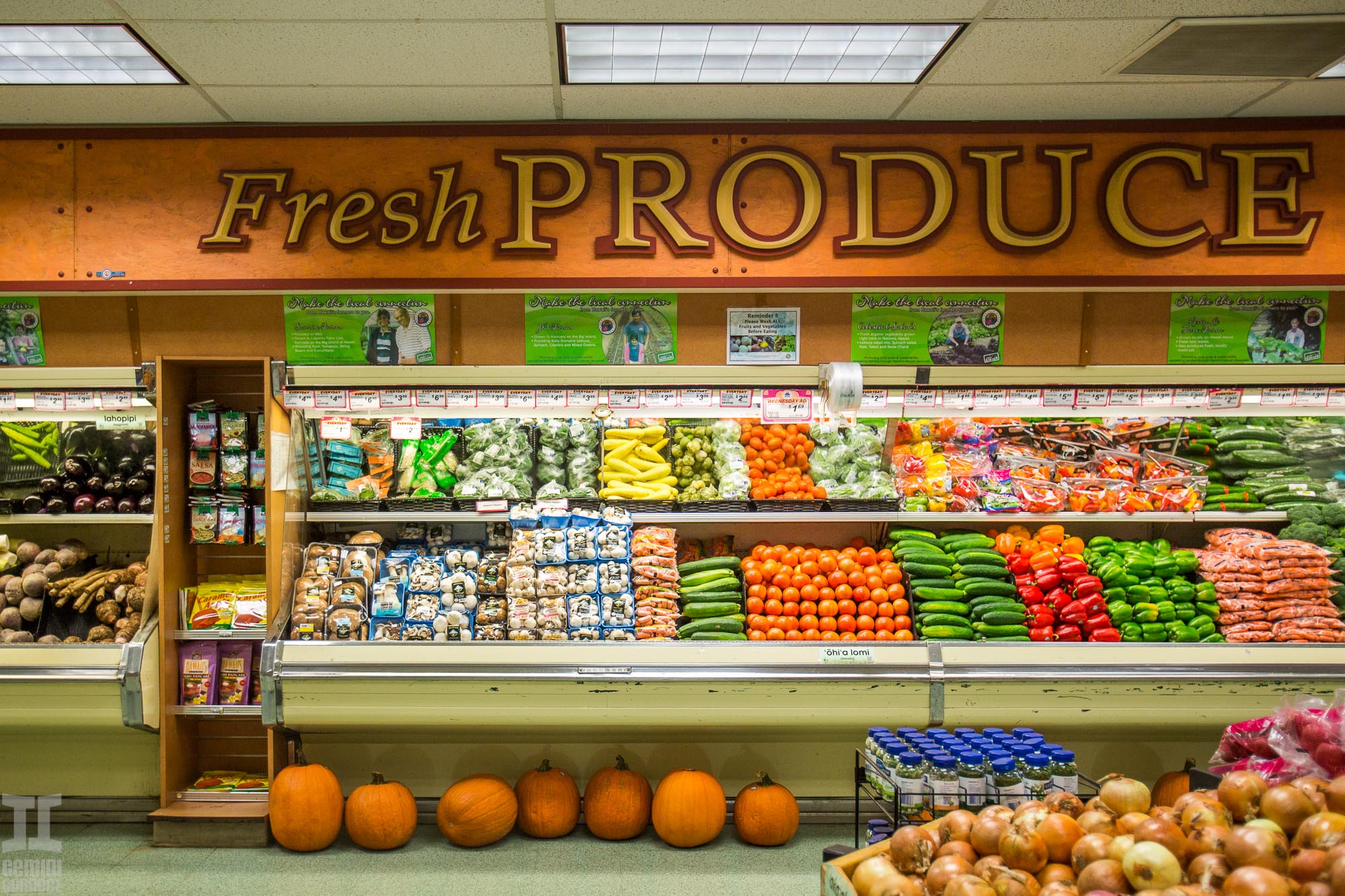Hawaii Sustainable Agriculture Documentary
Hundreds of years ago, Hawaii’s natural resources from the land to the sea sustained a population of over one million ancient Hawaiians. An ancient system known as the ahu’pua’a provided resources for all by giving daily contribution tasks to everyone who lived in the communities. Centuries later, Hawaii’s natural resources no longer provide enough to sustain the vastly growing population of the islands; in fact, the islands only produce 10-15% of the foods consumed by the local population. Most consumable foods and goods are imported from the mainland United States as well as from international countries. As a result, most modern people do not spend any time physically cultivating their own food and may not even know where the food they eat even comes from.
In October 2013, two teachers and five students from Kapolei High School on Oahu spent five days on the Big Island of Hawaii to visit 13 local businesses promoting local farming and ranching. The goal was to produce a 20-minute multimedia documentary that explores how local farmers are helping Hawaii become an agriculturally sustainable state where more locally grown food is produced. During the five days on the Big Island, students and teachers enjoyed not only seeing where food was coming from but also experiencing it in local restaurants. We sampled pancakes and locally made coconut syrup, goat cheese salad, grass-fed all beef burgers, freshly caught island fish, Kona coffee, and fresh fruit salads.
Throughout the experience, it was that there are many challenges and roadblocks to agricultural sustainability in Hawaii, but there are also lots of people who rise to the challenge each day. Here are some of those people.













